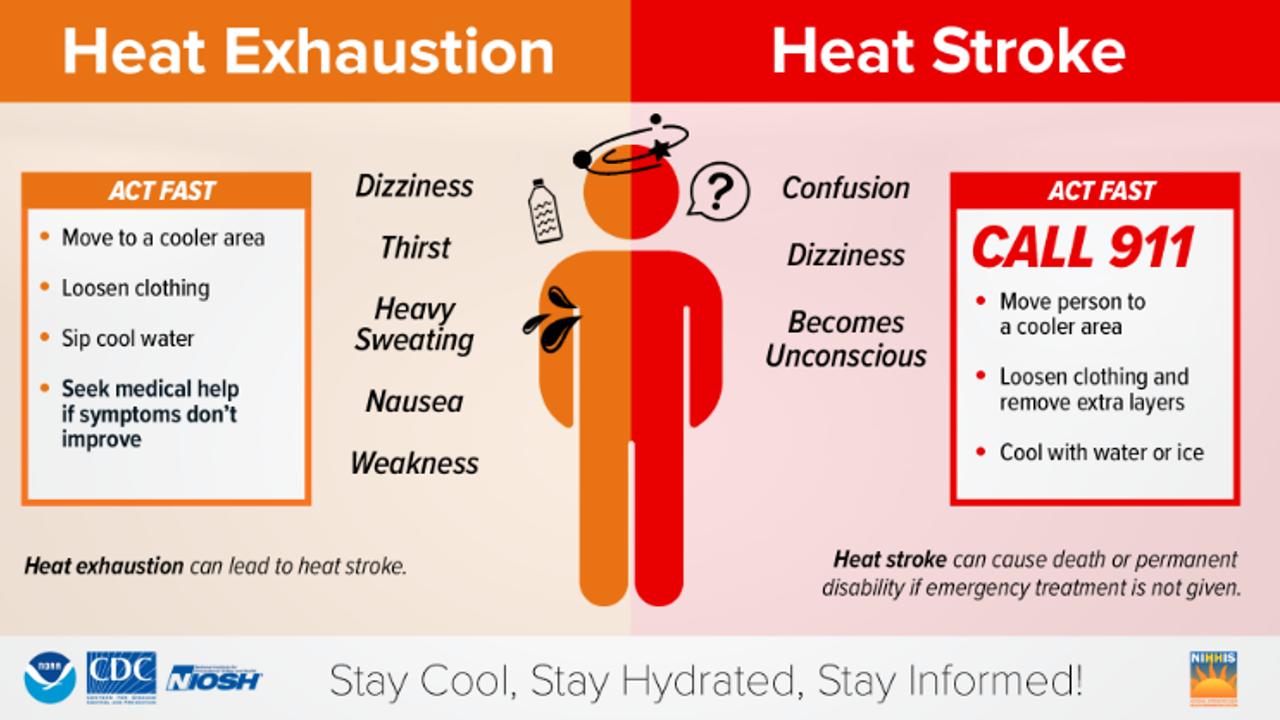OSHA National Emphasis Program for Heat-Related Illnesses
OSHA’s National Emphasis Program for Outdoor and Indoor Heat-Related Hazards was recently launched with the goal of protecting millions of workers from heat-related illness. Here’s what it means for you.
In April of 2022, OSHA launched its National Emphasis Program for Heat-Related Hazards. The first-ever national OSHA standard for heat stress, the monumental program is designed to protect at-risk outdoor and indoor workers from the rising threat of heat-related illness.
OSHA will inspect the jobsites of over 70 high-risk industries — including construction — in indoor and outdoor settings when the National Weather Service issues a heat warning or advisory for a local area. When the heat index meets or exceeds 80 degrees F, inspectors and compliance specialists will actively reach out to help protect workers.
The U.S. Department of Labor’s Bureau of Labor Statistics (BLS) reports that between 2015 and 2019, environmental heat cases resulted in an average of 35 fatalities per year and an average of 2,700 cases with days away from work. However, the total number of heat-related fatalities may be underreported and improperly diagnosed. The cause of death is often listed as a heart attack when the actual cause or aggravating cause may have been exposure to a heat-related hazard. Heat-related illnesses range from heat cramps to heat stroke, which can potentially lead to death.
It is not only outside weather that causes heat stress. Many industries have processes and areas where heat can be overcoming to an employee. “Indoor workplaces with hot conditions may include iron and steel foundries, brick-firing and ceramic plants, glass products facilities, electrical utilities (particularly boiler rooms), bakeries, commercial kitchens, laundries, chemical plants, material handling and distribution warehouses, and many other environments,” OSHA says on its heat stress website. “Outdoor workplaces with work in hot weather and direct sun, such as farm work, construction, oil and gas well operations, landscaping, emergency response operations, and hazardous waste site activities, also increase the risk of heat-related illness in exposed workers.”
It is important to know the warning signs of heat related illnesses. If a worker shows any signs of heat stress, it is important to get them out of the hot environment and give them fluids. In some extreme situations, further first aid and even 911 might need to be called.
Those who are overweight, older than 65, or have high blood pressure—are more susceptible to heat stress. Staying hydrated is extremely important. Water and sports drink can help workers stay hydrated, but it is essential to avoid some fluids, such coffee, soda or energy drinks, as the caffeine can actually dehydrate the worker.
Need more information? Contact ACS.

